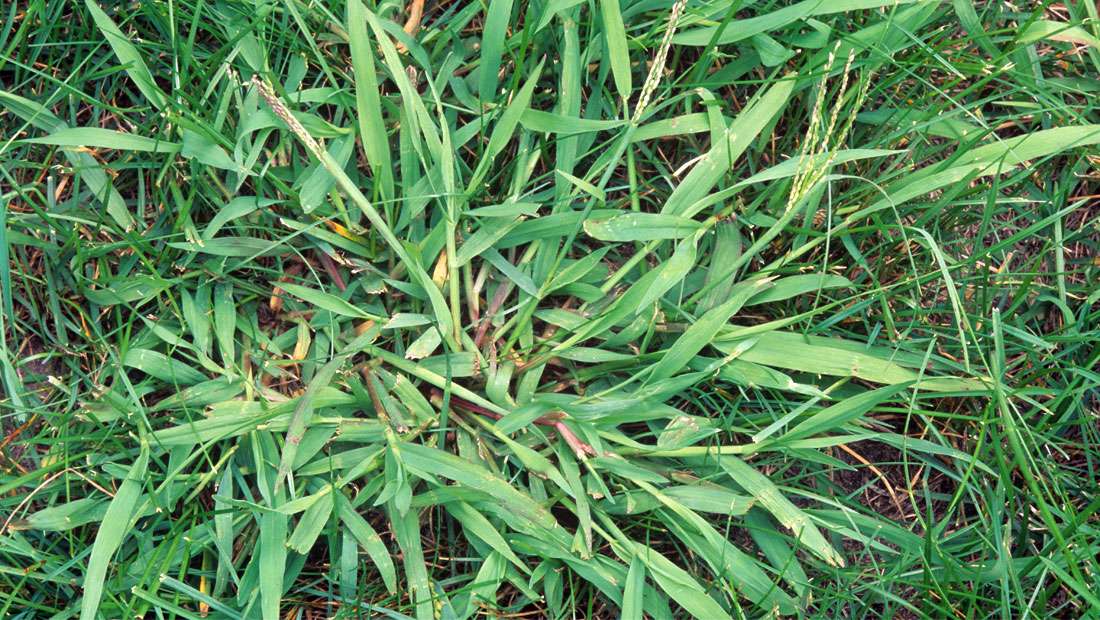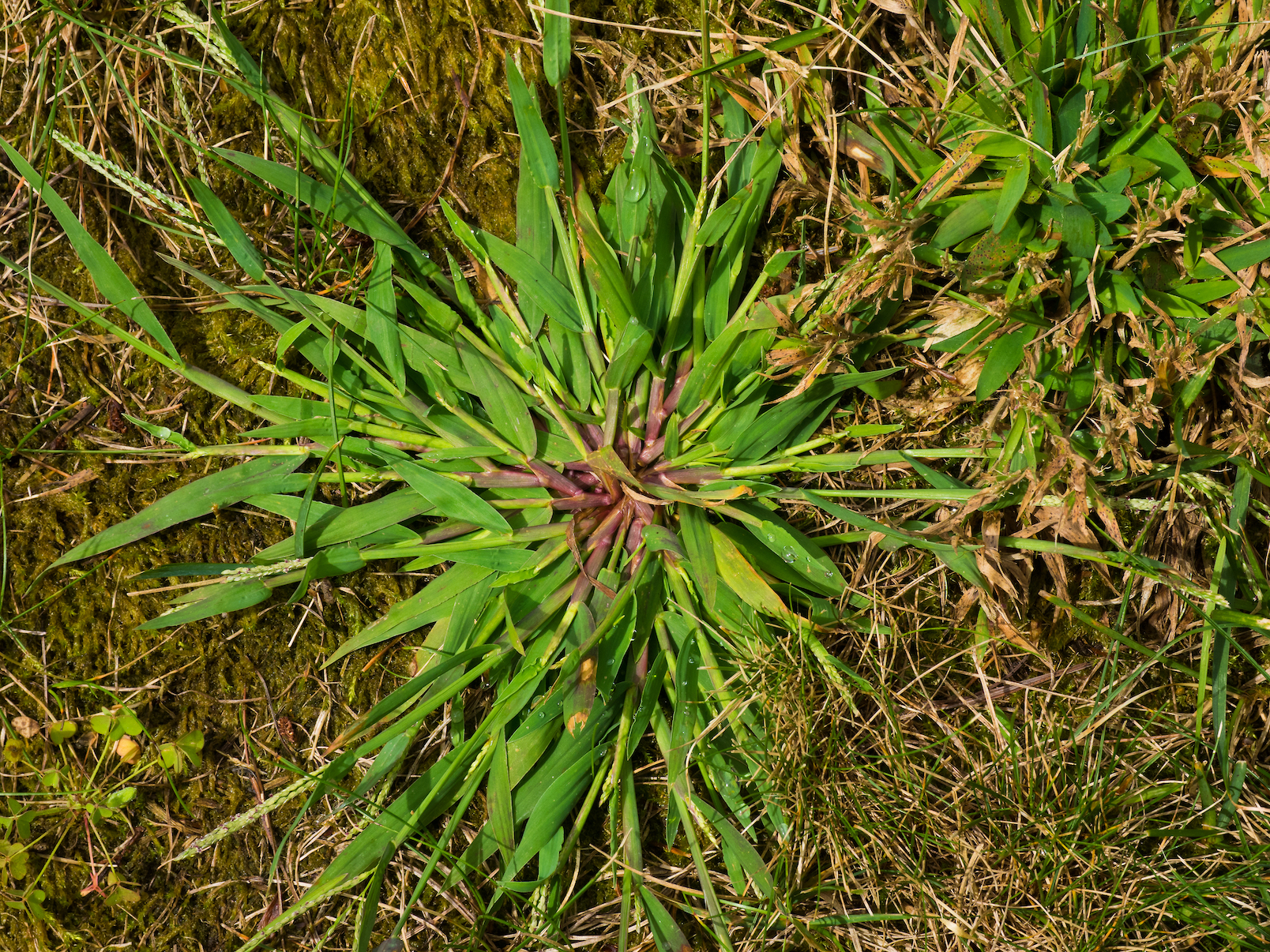Attack Weeds Before They Sprout
Crabgrass may not directly harm your turfgrass, but if left untreated, it can become a persistent problem for your lawn’s health. This common weed can spread quickly and disrupt the appearance and quality of your lawn. Thankfully, with the right care, crabgrass can be controlled and prevented.
Eliminating Crabgrass with Pre-Emergent Herbicide
The most effective way to eliminate crabgrass is to prevent it before it starts. A pre-emergent herbicide applied in early spring is key. This herbicide creates a barrier at the soil’s surface, stopping crabgrass seeds from germinating. When the seeds try to sprout, they absorb the herbicide and die before they can take hold. Timing is crucial; applying it too late can result in the herbicide being ineffective.
Maintaining Your Lawn to Prevent Crabgrass
Once you’ve controlled the crabgrass, maintaining a healthy lawn is the next step in keeping it from returning. A few simple strategies can make a big difference:
Adjust Mower Height
Keeping your grass slightly longer helps shade areas where crabgrass would normally grow. Taller grass helps crowd out weeds and reduces the chances of crabgrass taking root.
Watering Techniques
Shallow, frequent watering promotes shallow roots, which gives crabgrass the perfect environment to thrive. Deep, less frequent watering encourages strong grass roots and helps prevent crabgrass by allowing the soil to dry out between waterings.
Apply Mulch
After removing crabgrass patches, apply mulch to the soil. This creates a barrier that makes it harder for new weed seeds to germinate. Mulching throughout the growing season can help keep your lawn weed-free.
Repair Bare Spots
Crabgrass loves bare spots in your lawn, so filling in these areas with grass seed in the fall is crucial. This helps prevent crabgrass from taking advantage of weakened areas in your lawn.


